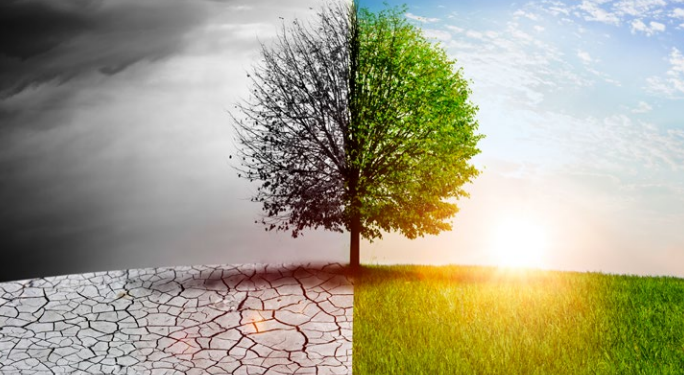Climate Justice: Impact on key groups and what businesses can do to alleviate climate crisis

What is climate justice?
“Climate justice” is a term that acknowledges climate change can have differing social, economic, public health, and other adverse impacts on underprivileged populations.
This concept has emerged from the idea that historical responsibility for climate change lies with wealthy and powerful people – and yet it disproportionately impacts the poorest and most vulnerable – and since its popularisation in the 1990s, the term has come to encompass the unequal distribution of impacts on a variety of groups, including indigenous people, people of colour, women and disabled people. It has also been used to describe the intergenerational injustice of older generations benefiting from fossil fuels and leaving young people to deal with the consequences.
Key factors in climate justice
Climate justice begins with recognizing that key groups are differently affected by climate change. From the United Nations and the IPCC (Intergovernmental Panel on Climate Change) to the NAACP (National Association for the Advancement of Colored People), many organisations are connecting the dots between civil rights and climate change. Countries in the Global South and low-income communities in the industrialised North bear the burden of choices made by the elite classes in richer countries to overexploit and consume the world’s resources.
Climate impacts can exacerbate inequitable social conditions. Low-income communities, people of colour, indigenous people, people with disabilities, older or very young people and women are most vulnerable when it comes to climate change even when they have disproportionately low responsibility for causing the emissions responsible for climate change.
The business role in climate justice
Businesses have an important role to play in helping to bring climate justice and racial equity front and centre while shifting the finance for the energy transition. Business action, supported by government regulations, investments and incentives, is absolutely critical for transitioning to net-zero emissions by 2050. Here is what businesses can do:
- Centre climate justice and racial equity in climate activities – Commit to a net-zero GHG reduction target by 2050, or sooner, across the entire value chain. This can be done by Identifying the business activities that disproportionately affect communities on the basis of race, and develop solutions centered in climate justice and racial equity. This can include reducing harmful on-site emissions as well as off-site fleet electrification in high pollution areas.
- Engage those most affected by the climate crisis – Assess your business’ climate impact and compile data showing the impacts on the communities and stakeholders most affected by the structural inequalities (climate risk and vulnerability assessments). Engage them in community-driven climate resilience planning. For example, KBl kicked off inclusion of PWDs by recruiting 71 farmers with disabilities into their pilot project to help Sorghum farmers with climate adaptation. This opportunity enabled these smallholder farmers to earn a living; improving their sense of dignity and adapt to the climate changes as sorghum is a highly drought-tolerant crop.
- Educate and build awareness about climate justice – Educate leadership and employees internally on how race intersects with the climate crisis. Build awareness externally and help educate others on the issue.
- Collaborate to scale impact – Solving the climate crisis is too big to only act alone — companies should collaborate with others across industries and with expert stakeholders to fight climate change and instill social justice in vulnerable communities.

